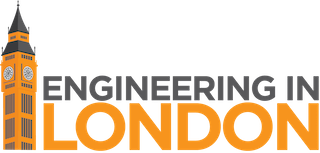On Thursday June 30, the EIL students (composed of several Biomedical Engineering majors) along with Profs. Berry and Aaron visited the Old Operating Theatre and Herb Garret on St. Thomas Street (between The Shard and Borough Market). Housed in the attic of the early eighteenth-century church of the old St
Thomas’ Hospital, this atmospheric museum offers a unique insight into
the history of medicine and surgery. The original timber framed Herb
Garret was once used to dry and store herbs for patients’ medicines and
in 1822 an operating theatre was included. Predating anaesthetics and
antiseptics, it is the oldest surviving surgical theatre in Europe.


















































